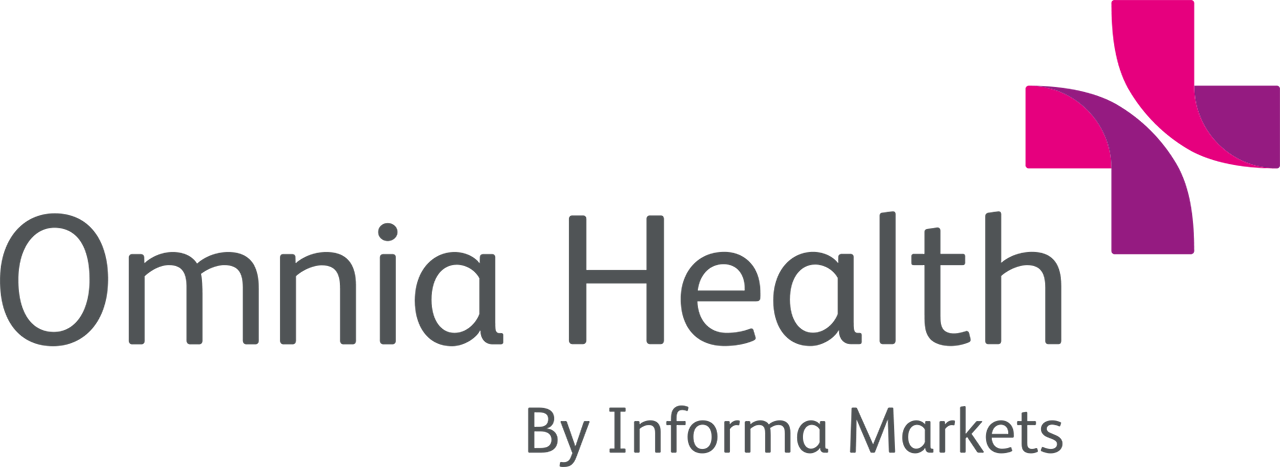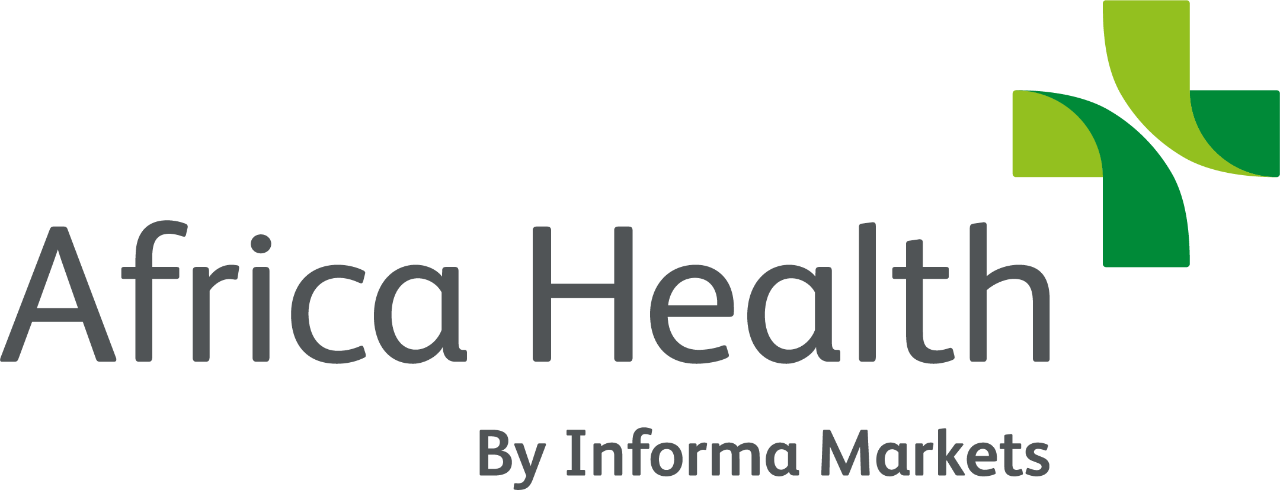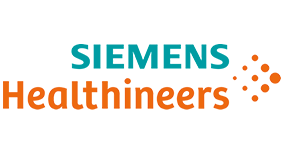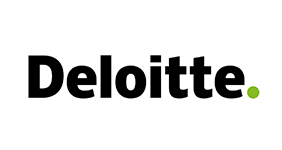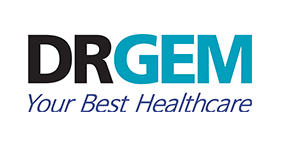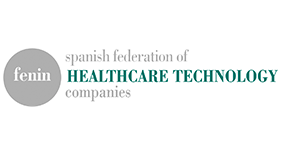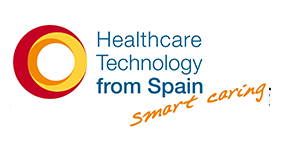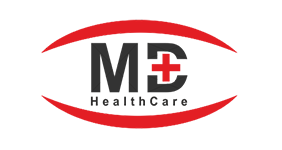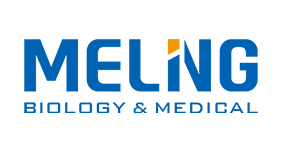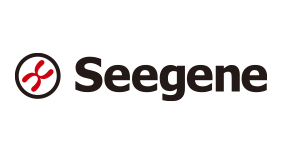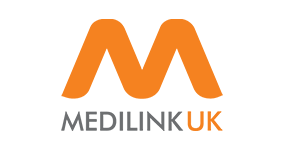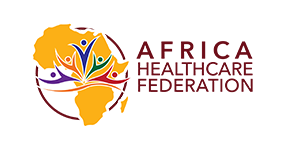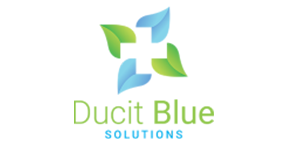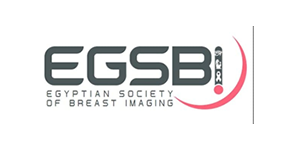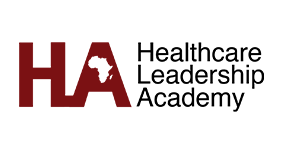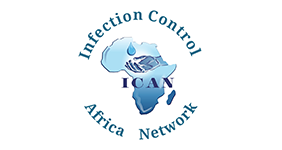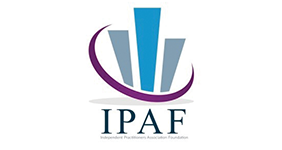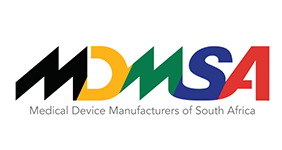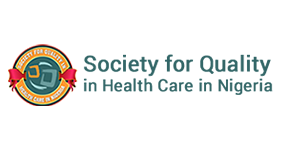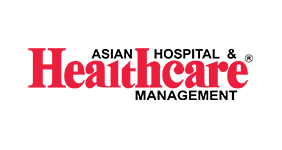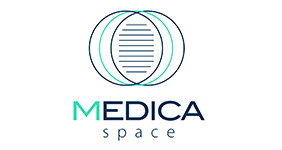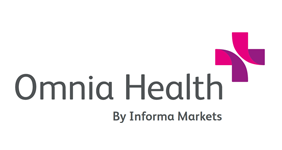Nurse leaders: The missing link to transforming healthcare
Nurse leaders possess great potential to provide value during health policy development and validation.
Irene Ogongo, CEO, Nurses in Africa | Jul 01, 2020
Traditionally, the public is not used to viewing nurses as leaders, and not all nurses begin their career with thoughts of becoming a leader. As a result, nurses have automatically been assigned the backseat in decision making in the healthcare industry. This has led to a recurrent gap in expected patient care outcomes across most healthcare systems especially in the developing world despite them forming the largest cadre in any health system. Nurses and midwives make up more than 50 per cent of the health workforce and deliver almost 80 per cent of hands-on care. This is according to reports by Annette Kennedy, president of the International Council of Nurses (ICN).
A good example is the primary healthcare setting that forms the entry point for most patients and, therefore, the most in number. A typical health system, especially in the developing world, has a nurse or midwife as the lead of the primary health facility. When they are posted into the various primary healthcare units, they are expected to carry out both the functions of the caregiver across all services to the community as well as be the administrator and facility manager. Unfortunately, as they go through nursing school, the leadership skills and competencies of how to manage a complex health system are rarely part of the curriculum for the same nurses and midwives posted to these facilities immediately after graduation. Rarely do they receive these necessary skills or competencies as part of professional career development in the already complex health system. With this background coupled with severely restricted resources, poor infrastructure, knowledge deficit on required standards of care and poor problem-solving skills, the patient suffers the most with poor outcomes recorded most of the time with the blame lying on the same nurse or midwife by both the community and the health system leaders.
Year of the nurse
As the world makes another attempt at achieving universal health coverage by 2030 and WHO declaring the year 2020 as the year of the nurse and midwife, it is the perfect time to turn the tables and invest in the nurses and midwives to have a lasting impact and better patient outcomes. After all, it is estimated that the world needs 9 million more nurses and midwives to achieve UHC by 2030. Even though not mentioned, the world needs the nurses to be more empowered in their positions than they are currently for the said UHC to be achieved otherwise the same scenario would replay over and over. For the transformation of the healthcare system to occur, the nurses and midwives must become part of the decision-makers and be full partners alongside the rest of the healthcare professionals and not be viewed sorely as implementers all the time.
For nurses to function in this role as partner and decision-maker, there is a need to focus on a few critical aspects. These are:
1. Leadership skills and competencies:
It is necessary to invest in the nurse to acquire knowledge, skills and competencies in leadership to effectively handle the complex health system through the nursing school curriculum and as part of professional development. Working in teams, collaboration across disciplines, patient advocacy, knowledge on standards of quality and safety improvement, monitoring and evaluation of patient care and overall administrative competencies would be part of the curriculum. This would empower them to take the lead in identifying gaps in patient care, develop improvement plans and making the necessary changes to achieve set goals alongside the rest of the team successfully.
2. Team member in health policy development and validation:
As implementors of most of the policies put in place in the health system, nurses and midwives possess great potential to provide value during health policy development and validation. Non-compliance to set policies and standards is a recurrent challenge in the health system and this is partly because there is poor involvement of the implementors during development and validation leading to little or no buy-in. Being part of the team that develops health policies ensures better chances of buy-in and adherence to the policies, which automatically improves patient outcomes. As such, more nurses and midwives should intentionally be given a chance to serve actively on advisory committees, commissions and health boards where policy decisions are made to advance health systems and, in the process, improve patient care. In addition, they should be empowered with knowledge and skills to effectively handle this role.
3. Innovation opportunity:
As 80 per cent of frontline workers, it is inevitable that nurses will always face challenges at work and as such have the highest opportunity to find creative ways to ensure patient care is not disrupted. This is especially common in severely resource-restricted zones, especially in the developing world with poor infrastructure. In the developed world, the challenges present themselves as a shortage of nursing staff, an influx of patients with complex conditions and unrealistic working hours. It is not unusual to find nurses improvising ways to make their work easier and better in the ever-challenging environment. More often than not, the improvised processes cost very little due to the already complex situation and as such would reduce the burden of health finance in the health system if the production of the innovations was made commercial. This can be an opportunity for the relevant stakeholders to invest in these creative ways to promote the nurses work and, therefore, offer them a global platform to be viewed as much more than just implementors.
Achieving universal health coverage in 10 years may be an uphill task but it is not impossible. Investing in the nurses and midwives who form the largest cadre of human resources in the health sector is one strategy that will have an impact. At the end of the day, most patients will still access the primary healthcare unit and it is still the nurse/midwife who will care for them or determine the care they will get.
Imagine if each nurse/midwife in the primary healthcare setting of the health system is empowered to identify gaps in the system, plan for improvement, identify innovative ways to solve the gaps in the ever-changing healthcare environment that can be scaled up, use the lessons learnt to influence policy changes and lead the way to sustainable gains, the transformation of the health system would occur seamlessly.
The year of the nurse and midwife 2020 provides a platform for stakeholders to intentionally shift their focus to this priceless resource and strategise on how to maximise the gains that can be achieved in the next 10 years if the investment is made to empower, improve and transform the nurse/midwife.
